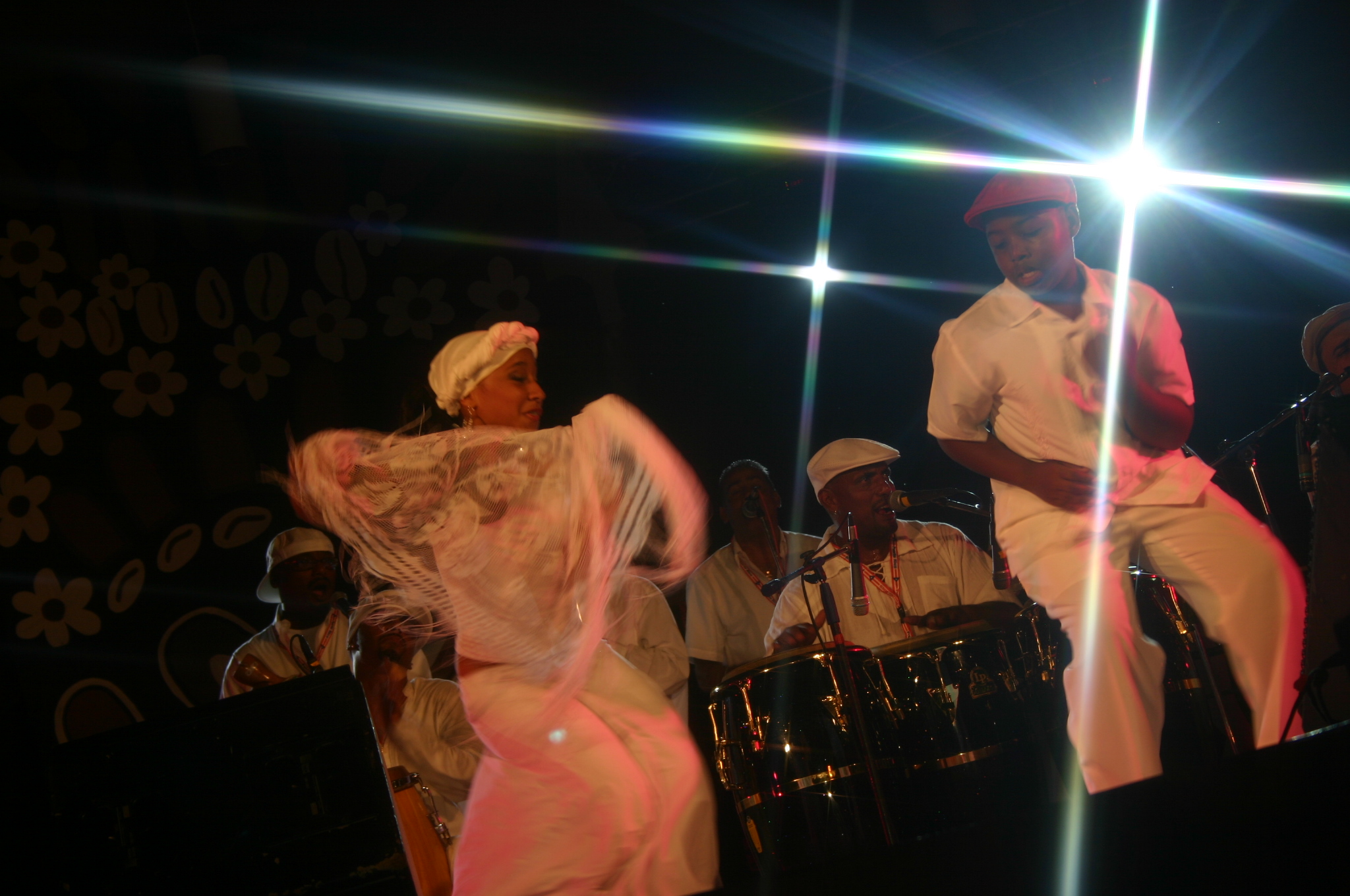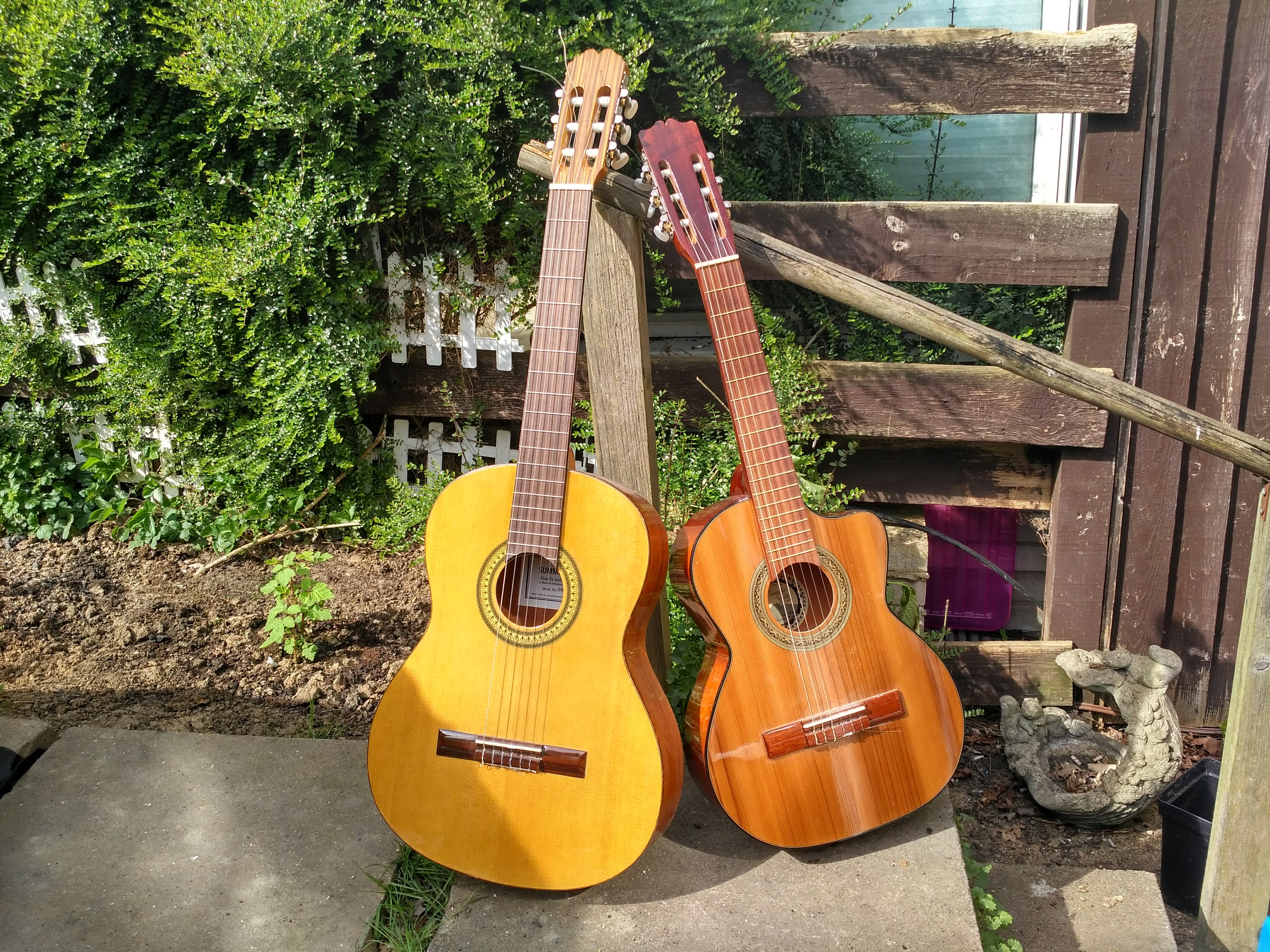|
Plena
Plena is a genre of music and dance native to Puerto Rico. Origins The plena genre originated in Barrio San Antón, Ponce, Puerto Rico, around 1900. It was influenced by the bomba style of music. Originally, sung texts were not associated with the plena, which was rendered by guitar, accordion and pandero, but eventually, in 1907, singing was added. Plena was often called the ''periodico cantado'' or "sung newspaper" for the lower classes because it spread messages among people, similar to the corridos in Mexico. History The plena was a result of the mixing of the culturally diverse popular class, where their workplace, neighborhood, and life experiences met to create an expressive, satirical style of music. It became a way for the working class to gain empowerment through parody. Due to originating in the lower social class, it was regarded by the upper class as "a menace to public order and private property" and was for many years associated with people of ''la vida alegr ... [...More Info...] [...Related Items...] OR: [Wikipedia] [Google] [Baidu] |
Music Of Puerto Rico
The music of Puerto Rico has evolved as a heterogeneous and dynamic product of diverse cultural resources. The most conspicuous musical sources of Puerto Rico have included European, Indigenous, and African influences, although many aspects of Puerto Rican music reflect origins elsewhere in the Caribbean. Puerto Rican music culture today comprises a wide and rich variety of genres, ranging from essentially indigenous genres like bomba to recent hybrids like Latin trap and reggaeton. Broadly conceived, the realm of "Puerto Rican music" should naturally comprise the music culture of the millions of people of Puerto Rican descent who have lived in the United States, and especially in New York City. Their music, from salsa to the boleros of Rafael Hernández Marín, Rafael Hernández, cannot be separated from the music culture of Puerto Rico itself. Traditional, folk and popular music Early music Music culture in Puerto Rico during the 16th, 17th, and 18th centuries is poorly docum ... [...More Info...] [...Related Items...] OR: [Wikipedia] [Google] [Baidu] |
Ponce, Puerto Rico
Ponce (, , , ) is both a city and a municipality on the southern coast of Puerto Rico. The city is the seat of the municipal government. Ponce, Puerto Rico's most populated city outside the San Juan metropolitan area, was founded on 12 August 1692Some publications/reporters have erroneously stated Ponce's date of founding as 12 December 1692 (see, for example, Jose Fernandez-Colon, The Associated Press, at "Noticias Online" on 24 January 2009, a''Noticias Puerto Rico.''Accessed 23 March 2019.) Another incorrect date sometimes found is 12 September 1692 (See, for example, Jorge L. Perez (El Nuevo Dia) and Jorge Figueroa (Ponce Municipal Historian), a''Historic Buildings and Structures in Ponce, Puerto Rico.'' at the text accompanying Drawing #20, titled "Tumba de los Bomberos". Puerto Rico Historic Buildings Drawings Society. 2019. Accessed 4 February 2019. See als''Mapa de Municipios y Barrios: Ponce, Memoria Numero 27.'' Gobierno del Estado Libre Asociado de Puerto Rico. Junta d ... [...More Info...] [...Related Items...] OR: [Wikipedia] [Google] [Baidu] |
Ponceños
Ponce (, , , ) is both a city and a municipality on the southern coast of Puerto Rico. The city is the seat of the municipal government. Ponce, Puerto Rico's most populated city outside the San Juan metropolitan area, was founded on 12 August 1692Some publications/reporters have erroneously stated Ponce's date of founding as 12 December 1692 (see, for example, Jose Fernandez-Colon, The Associated Press, at "Noticias Online" on 24 January 2009, a''Noticias Puerto Rico.''Accessed 23 March 2019.) Another incorrect date sometimes found is 12 September 1692 (See, for example, Jorge L. Perez (El Nuevo Dia) and Jorge Figueroa (Ponce Municipal Historian), a''Historic Buildings and Structures in Ponce, Puerto Rico.'' at the text accompanying Drawing #20, titled "Tumba de los Bomberos". Puerto Rico Historic Buildings Drawings Society. 2019. Accessed 4 February 2019. See als''Mapa de Municipios y Barrios: Ponce, Memoria Numero 27.'' Gobierno del Estado Libre Asociado de Puerto Rico. Junta de ... [...More Info...] [...Related Items...] OR: [Wikipedia] [Google] [Baidu] |
Pandereta Plenera
The pandereta plenera, pandero plenero or plenera, is a handheld frame drum typical of Puerto Rican music. A group of these drums is commonly used in traditional Puerto Rican plena music. There are three general sizes: primo or requinto (for solos and lead), segundo or seguidor, and tercero or bajo (for rhythm and bass), although sizes can vary. A fourth type is the pandereta punteador, also used for rhythm. Matos, Tito. LP Percussion Presents: La Plena with Tito Matos. https://www.youtube.com/watch?v=Q6Rk46KJRr0 See also *Drum *Percussion instrument *Plena Plena is a genre of music and dance native to Puerto Rico. Origins The plena genre originated in Barrio San Antón, Ponce, Puerto Rico, around 1900. It was influenced by the bomba style of music. Originally, sung texts were not associated wit ... References * {{cite book , first=John , last=Beck , title = Encyclopedia of Percussion , year = 1994 , publisher = Garland , isbn = 978-0-8240-4788-7 Membranophones ... [...More Info...] [...Related Items...] OR: [Wikipedia] [Google] [Baidu] |
Bomba (Puerto Rico)
Bomba is both a traditional dance and musical style of Puerto Rico.Berkeley: Bay Area Puerto Ricans bring bomba to La Peña Andrew Gilbert, ''San Francisco Chronicle'', 29-6-2005, access date 05-01-2012 Its origins are rooted in the island's history of but today has evolved into a community expression of Puerto Rican culture. While Bomba can be used as the generic name for a number of rhythms, it is truly about a creative, interactive relationship between dancers, percussionists and singers. Today it's practiced as a communal activity in its centers of origin in [...More Info...] [...Related Items...] OR: [Wikipedia] [Google] [Baidu] |
Cuatro (instrument)
The cuatro is a family of Latin American string instruments played in Puerto Rico, Venezuela and other Latin American countries. It is derived from the Spanish guitar. Although some have viola-like shapes, most cuatros resemble a small to mid-sized classical guitar. In Puerto Rico and Venezuela, the cuatro is an ensemble instrument for secular and religious music, and is played at parties and traditional gatherings. Cuatro means ''four'' in Spanish; the instrument's 15th century predecessors were the Spanish vihuela and the Portuguese cavaquinho, the latter having four strings like the cuatro. Modern cuatros come a variety of sizes and shapes, and number of strings. Cuatros can either have single-strings, like a guitar, or double- or triple-coursed strings like a mandolin, and vary in size from a large mandolin or small guitar, to the size of a full-size guitar. Depending on their particular stringing, cuatros are part of the guitar or mandolin subfamilies of the lute fa ... [...More Info...] [...Related Items...] OR: [Wikipedia] [Google] [Baidu] |
Requinto
The term requinto is used in both Spanish and Portuguese to mean a smaller, higher-pitched version of another instrument. Thus, there are ''requinto'' guitars, drums, and several wind instruments. Wind instruments ''Requinto'' was 19th-century Spanish for "little clarinet". Today, the word ''requinto'', when used in relation to a clarinet, refers to the E-flat clarinet, also known as ''requint'' in Valencian language. ''Requinto'' can also mean a high-pitched flute (akin to a piccolo), or the person who plays it. In Galicia, the word may refer to a wooden fife-like instrument held sideways. Small guitar The ''requinto'' guitar has six nylon strings with a scale length of , which is about 18% smaller than a standard guitar scale. ''Requintos'' are tuned: A2-D3-G3-C4-E4-A4 (one fourth higher than the standard classical guitar). It was made popular throughout the 1940s by Mexican guitarist/vocalist Alfredo Gil of romantic music trio "Los Panchos." ''Requinto'' guitars are als ... [...More Info...] [...Related Items...] OR: [Wikipedia] [Google] [Baidu] |
Pandereta
This is a list of membranophones used in the Caribbean music area, including the islands of the Caribbean Sea, as well as the musics of Guyana, Suriname, French Guiana, Belize, Garifuna music, and Bermuda. It only includes membranophones that are indigenous to the local music area or are a vital and long-standing part of local culture. It does not include membranophones that are, for example, a part of Western style orchestras, nor does it include trap sets and other common membranophones used in popular music recordings of many genres across the world. Almost all membranophones are drums and percussion instrument A percussion instrument is a musical instrument that is sounded by being struck or scraped by a beater including attached or enclosed beaters or rattles struck, scraped or rubbed by hand or struck against another similar instrument. Exc ...s. The Hornbostel-Sachs number is given after each instrument. ... [...More Info...] [...Related Items...] OR: [Wikipedia] [Google] [Baidu] |
Sound Recording And Reproduction
Sound recording and reproduction is the electrical, mechanical, electronic, or digital inscription and re-creation of sound waves, such as spoken voice, singing, instrumental music, or sound effects. The two main classes of sound recording technology are analog recording and digital recording. Sound recording is the transcription of invisible vibrations in air onto a storage medium such as a phonograph disc. The process is reversed in sound reproduction, and the variations stored on the medium are transformed back into sound waves. Acoustic analog recording is achieved by a microphone diaphragm that senses changes in atmospheric pressure caused by acoustic sound waves and records them as a mechanical representation of the sound waves on a medium such as a phonograph record (in which a stylus cuts grooves on a record). In magnetic tape recording, the sound waves vibrate the microphone diaphragm and are converted into a varying electric current, which is then converted to ... [...More Info...] [...Related Items...] OR: [Wikipedia] [Google] [Baidu] |
Beat (music)
In music and music theory, the beat is the basic unit of time, the pulse (regularly repeating event), of the ''mensural level'' (or ''beat level''). The beat is often defined as the rhythm listeners would tap their toes to when listening to a piece of music, or the numbers a musician counts while performing, though in practice this may be technically incorrect (often the first multiple level). In popular use, ''beat'' can refer to a variety of related concepts, including pulse, tempo, meter, specific rhythms, and groove. Rhythm in music is characterized by a repeating sequence of stressed and unstressed beats (often called "strong" and "weak") and divided into bars organized by time signature and tempo indications. Beats are related to and distinguished from pulse, rhythm (grouping), and meter: Metric levels faster than the beat level are division levels, and slower levels are multiple levels. Beat has always been an important part of music. Some music genres such as fu ... [...More Info...] [...Related Items...] OR: [Wikipedia] [Google] [Baidu] |
Rhythm
Rhythm (from Greek , ''rhythmos'', "any regular recurring motion, symmetry") generally means a " movement marked by the regulated succession of strong and weak elements, or of opposite or different conditions". This general meaning of regular recurrence or pattern in time can apply to a wide variety of cyclical natural phenomena having a periodicity or frequency of anything from microseconds to several seconds (as with the riff in a rock music song); to several minutes or hours, or, at the most extreme, even over many years. Rhythm is related to and distinguished from pulse, meter, and beats: In the performance arts, rhythm is the timing of events on a human scale; of musical sounds and silences that occur over time, of the steps of a dance, or the meter of spoken language and poetry. In some performing arts, such as hip hop music, the rhythmic delivery of the lyrics is one of the most important elements of the style. Rhythm may also refer to visual presentation, as "timed mov ... [...More Info...] [...Related Items...] OR: [Wikipedia] [Google] [Baidu] |





